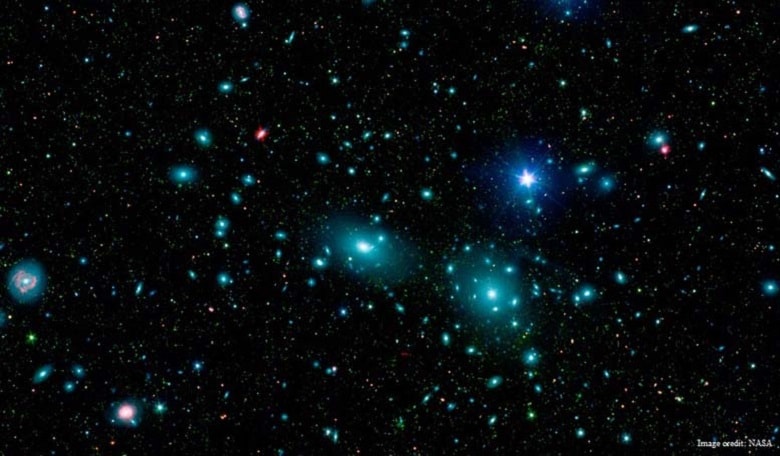An “ultra dark galaxy” sounds like a song title from a marginally geeky metal album – but the phenomenon is actually quite real.
Thanks to Japan’s Subaru telescope, which is located in Hawaii, astronomers have found over 800 new galaxies in the Coma Cluster – galaxies we just haven’t been able to spot before due to their extremely low density.
What’s interesting about these galaxies – which have also been dubbed as ultra diffuse galaxies, or UDGs – is that even though they contain very little gas as compared to what we think of as “normal” galaxies, i.e. shiny spirals, they are regularly shaped, and therefore may contain great amounts of dark matter.
The discovery of these galaxies also shows that the Subaru telescope, which, incidentally, had the largest monolithic primary mirror in the world from 1998 to 2005, continues to be an important tool for science.











